Berenice Beverley Zammit, Graduate Teaching Assistant for Music Performance Psychology at the Royal College of Music, shares advice on getting back into practice after suffering from long COVID
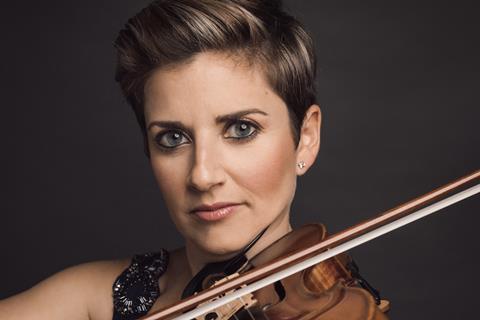
To date, in the UK alone, over 4.4 million people have tested positive to COVID-19. While in a large number of cases individuals have either been asymptomatic or experienced short-lived self-limiting symptoms which could be managed at home, a significant number of others have experienced persistent symptoms, such as fatigue, coughing, breathlessness and brain fog, which has made their road to recovery more protracted.
Despite the progress there has been in learning about the structure and genome of COVID-19, its transmission infectivity characteristics, physiological effects in the body, and potential treatment, one of the most poorly understood aspects of the disease is patient recovery, not just from severe symptoms but also in making a full return to health. This is due not only to the severity of the illness but also to the patient’s genetic make-up, resulting in cases where individuals suffering from mild COVID-19 symptoms can take several weeks to return to full strength while others enduring more severe symptoms can recover relatively rapidly.
A challenge for performers
What this means to the performer is that after a period of inactivity-induced detraining during illness, not only is there the challenge of regaining lost performance fitness (** please consider taking the Royal College of Music’s FIT MUSICIAN survey) but there is also the potential for pushing the body too hard, too soon in a bid to regain technique and mastery leading to a possible relapse or to a post-viral episode of fatigue.
Research on music performance and psychology follows closely on sport psychology. To date, there is no data on COVID-19’s effect on sport athletes to draw on. Similarly, there is no data on the virus’s effect on performing musicians - athletes of the small muscle groups. Therefore, musicians wishing to return to their music following a COVID-19 infection are unsure of when they can resume their practice, what repertoire they should begin with, how hard and how often they should be practising and what the warning signs to watch out for are if they are over-exerting themselves.
Read Easing back into performance post Covid-19
Read A break from string playing can be a constructive experience
Read What does it feel like to play in a socially-distanced orchestra?
A phased return to play
Despite the fact that Elliott et al (2020) published an infographic for athletes seeking a safe and effective return to sport after a mild to moderate COVID-19 infection, there is no literature about a graduated return to play for performers. However, in an article published by the British Medical Journal, Salman et al (2021) offer a pragmatic approach to help patients safely return to physical activity after SARS-CoV-2 infection, focusing on those who have lost their fitness and who have had a long period of inactivity. This five-stage return to physical exercise is, however, only for those who no longer endure a post-acute COVID-19 illness. Salman et al state that without evidence from robust studies to inform practice, the guidelines provided are based on consensus or expert opinion which will enable the patient towards a gradual return to physical activity while mitigating risks.
As Salman et al state, there is no clear, evidence-based way to guide a return to physical activity, but an approach which is based on gradual, individualized and subjective tolerance to an activity is a good place to start. As a general rule, your GP should always be consulted before returning to physical exercise and you should only resume physical activity once an asymptomatic period of at least seven days has elapsed. Once this period is over, it is important to adopt a phased approach to increase your physical activity levels to your pre-illness baseline, guideline levels or beyond. If prior to illness you were not physically active, this could be a good chance to discuss becoming more active. If your symptoms return, or new ones develop – coughing, fever, anosmia, abnormal breathlessness – it is recommended that you seek medical advice and restart the process once symptom-free.
How can I start?
Salman et al’s guidelines indicate spending a minimum of seven days at each of the five phases (see fig 1) to prevent a sudden increase in training load. However, it is suggested that you only exercise if you feel recovered from the previous day and have no new, or returning symptoms such abnormal breathlessness, fever, lethargy or chest pain. In this period, it is important to monitor your mood and to speak to someone or seek medical advice if you feel more anxious, down or low and are concerned. If you feel that you are finding your current phase difficult, drop back a phase and move up only when you meet the required criteria for that phase (see fig 1).
Phases 1-2 of the programme suggest that you begin with light intensity activity for at least two weeks. During this time it would be helpful to keep a diary to monitor your progress, assessing points which need improvement or which might require medical advice, and motivating you when you are feeling low. It would also help to download the easily accessible Borg Rating of Perceived Exertion (RPE) scale to record your subjective assessment of how hard you feel you are exercising, including shortness of breath and fatigue, on a scale from 6 (no exertion at all) to 20 (maximal exertion).
RPE can help in guiding you choose what activities to do as you progress through the phases of increasing physical activity. Light intensity exercise, for example, is equivalent to an RPW of under 11 (fig 1), when you should feel minimal to light exertion and when you should be able to hold a full conversation without difficulty. Activities might include household and light garden tasks, yoga exercises and gentle walking and might also incorporate breathing, stretching and light strengthening activities.
It is recommended spending seven days on phase 1 doing extremely light intensity activity (RPE 6-8) including flexibility and breathing exercises for as long as you are able to do them. A further seven days are to be spent on phase 2, incorporating light intensity activity (RPE 6-11) such as walking and light yoga, increasing gradually at 10-15 minutes per day at the same RPE.
Phases 3-4 include more challenging movement activities depending on your pre-illness capacity. Moderate intensity exercise is recommended (RPE 12-14) where you are not out of breath and you are able to hold a conversation. Such exercise might include intervals of two 5-minute blocks of activity such as jogging, swimming and brisk walking, separated by a block of recovery. You can progress by adding an interval per day as long as you do not feel that the exercise is hard.
Phase 4 includes more complex movements that challenges coordination, strength, and balance at the same RPE of 12-14. At this stage, exercise such as running can be done but with changes in direction using side-steps and shuffles, as well as circuits of body weight exercises. Again, it is important that you do not feel the exercise is too hard. During phases 1-4 it is important to monitor for any inability to feel recovered at 1 hour after exercise and on the day after, as well as for abnormal heart rate, breathlessness, excessive fatigue or lethargy, and markers of mental ill-health. If these occur, make sure to fall back to an earlier phase and seek medical advice if you are unsure.
When you reach phase 5 you should be at your baseline pre-covid level of activity or more. As a performer, it would be wise to return to your practice regime once you reach this phase. Make sure to monitor your practice sessions as you did in phases 1-4 and to feel recovered from the previous day. Phase your return to your former workload in a carefully structured way, gradually increasing practice length and intensity over a number of weeks. Choice of repertoire is also important at this point. After a prolonged decrease in practice time, good care needs to be taken in rebuilding technique through the right choice of repertoire. (See link to my previous Strad article)
Berenice Beverley Zammit is a Graduate Teaching Assistant for Music Performance Psychology I and II, and Performing Arts in Health and Wellbeing at the Centre for Performance Science and at the Royal College of Music (RCM). For more information click here or visit her website here.
Facebook: www.facebook.com/PerformanceGuru
Instagram: @performance_guru_
Twitter: @Perf0rmanceGuru

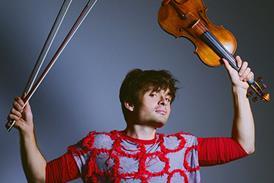
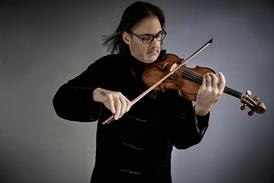
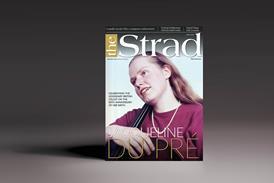
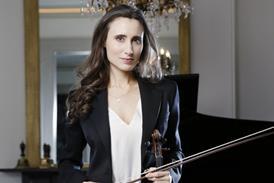






























1 Readers' comment